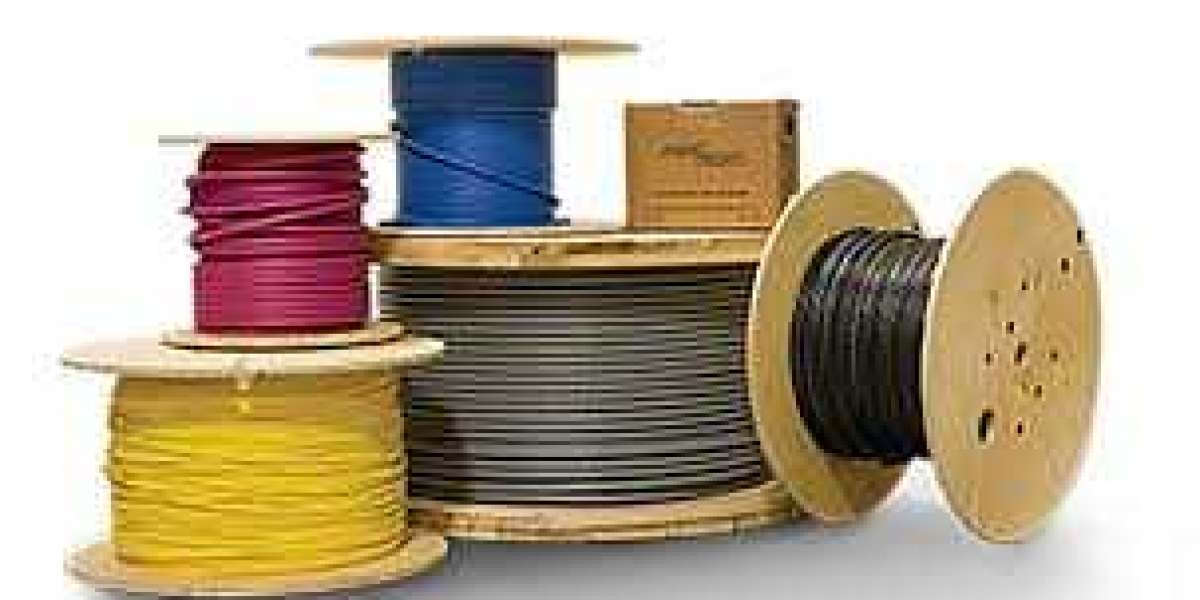One of the most significant factors that can degrade filament quality is moisture absorption. Many 3D printing filaments, especially hygroscopic materials like nylon, PETG, and TPU, absorb moisture from the air over time. This can lead to print defects like bubbles, poor layer adhesion, and surface imperfections. To combat this, many 3D filament dry box are now equipped with a humidity monitoring function, which provides real-time tracking of moisture levels to ensure optimal filament performance.
Why is Humidity Monitoring Important?
Moisture-absorbed filament can cause several issues during the printing process. When the filament heats up in the printer’s hotend, the water trapped in the material vaporizes, creating steam. This steam can lead to bubbles, stringing, and overall poor print quality. Therefore, it is essential to dry filament before use, especially if it has been stored in a humid environment.
The humidity monitoring function in a filament drying box helps users maintain the right environment to keep their filament in prime condition. This feature allows for constant feedback on the moisture levels within the box, ensuring that the filament is drying effectively without over-drying or becoming brittle.
How the Humidity Monitoring Function Works
The humidity monitoring function typically uses sensors to detect the moisture level inside the drying chamber. Here’s how it works:
Real-Time Feedback: The sensors measure the humidity inside the box and display the levels on a screen, providing real-time information. This lets users know if the filament is still drying or if it has reached the desired moisture content.
Precise Control: The drying box can automatically adjust drying time and temperature based on the moisture levels detected, ensuring the filament dries at the optimal rate without damaging the material.
Humidity Alarms: Some advanced models come with alarms or alerts that notify users when the filament has reached the correct humidity level for use, or if the moisture is too high and requires further drying.
Benefits of the Humidity Monitoring Function
Improved Print Quality: Monitoring humidity ensures the filament is free from moisture, reducing common print defects like bubbles, stringing, or layer adhesion issues.
Time and Energy Efficiency: The real-time monitoring feature optimizes the drying process by allowing users to stop drying when the desired moisture content is reached, saving time and energy.
Long-Term Filament Preservation: With regular monitoring, filaments stored in the drying box can remain in peak condition for extended periods, even if the environment outside the box is humid.
The humidity monitoring function of 3D filament dry box is an essential tool for ensuring filament quality and maintaining consistent print performance. By providing real-time data on moisture levels, it helps users avoid common print defects, optimize drying processes, and extend the life of their filament. For anyone serious about 3D printing, especially with hygroscopic materials, a drying box with humidity monitoring is a must-have for achieving high-quality, professional prints.



